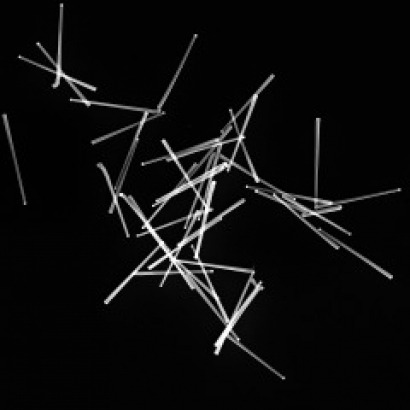
Sol Voltaics has announced the receipt of a $6 million conditional loan from the Swedish Energy Agency (SEA) in order to further develop the company’s Solink nanomaterial. The SEA is Sweden’s national authority for energy policy issues and the loan is the largest it has ever issued to a private company.
“Solar will play an increasingly important role in global energy markets, but the industry right now is struggling,” said Viveca Johansson, program manager at the SEA. “The technology developed by Sol Voltaics holds the potential to simultaneously make solar competitive with fossil fuels at market prices while increasing the business case for developers and manufacturers.”
Solink is a gallium arsenide additive for crystalline silicon or thin film solar modules which can be applied to standard panels towards the end of the existing module production process using relatively inexpensive standard equipment. It enables modules to convert more of the sun’s light into electricity and is the most efficient solar material available in the world today. However, it has so far been confined to niche markets because of its high cost. Sol Voltaics has attempted to solve this problem by limiting the amount of gallium arsenide needed to less than a gram of nanowire with each nanowire acting as an independent solar cell. This makes a Solink-enhanced module into a vertically-stacked device that generates energy from a wider light spectrum than conventional solar panels. The company claims the additive will help panels to generate up to 25 percent more power than a standard system of the same size.
Sol Voltaics is currently producing the nanowires in its laboratories in Lund, Sweden and anticipates commercial production of Solink-enhanced modules from 2015 moving into volume production in 2016. The aim is to provide Solink to other manufacturers to incorporate into their own modules rather than producing modules directly.
The conditional loan will be used to develop a large Aerotaxy machine. Aerotaxy is an innovative economic process for the mass production of nanowires which was developed, along with Solink itself, by Sol Voltaics founder, Lars Samuelson, and his team at Lund University where Mr Samuelson is a professor. The loan will also help to further refine the liquid carriers in Solink and scale deposition and bonding techniques for industrial use. Other potential applications for Aerotaxy include nanomaterials for power electronics, LEDs, batteries and energy storage.
Further information:

